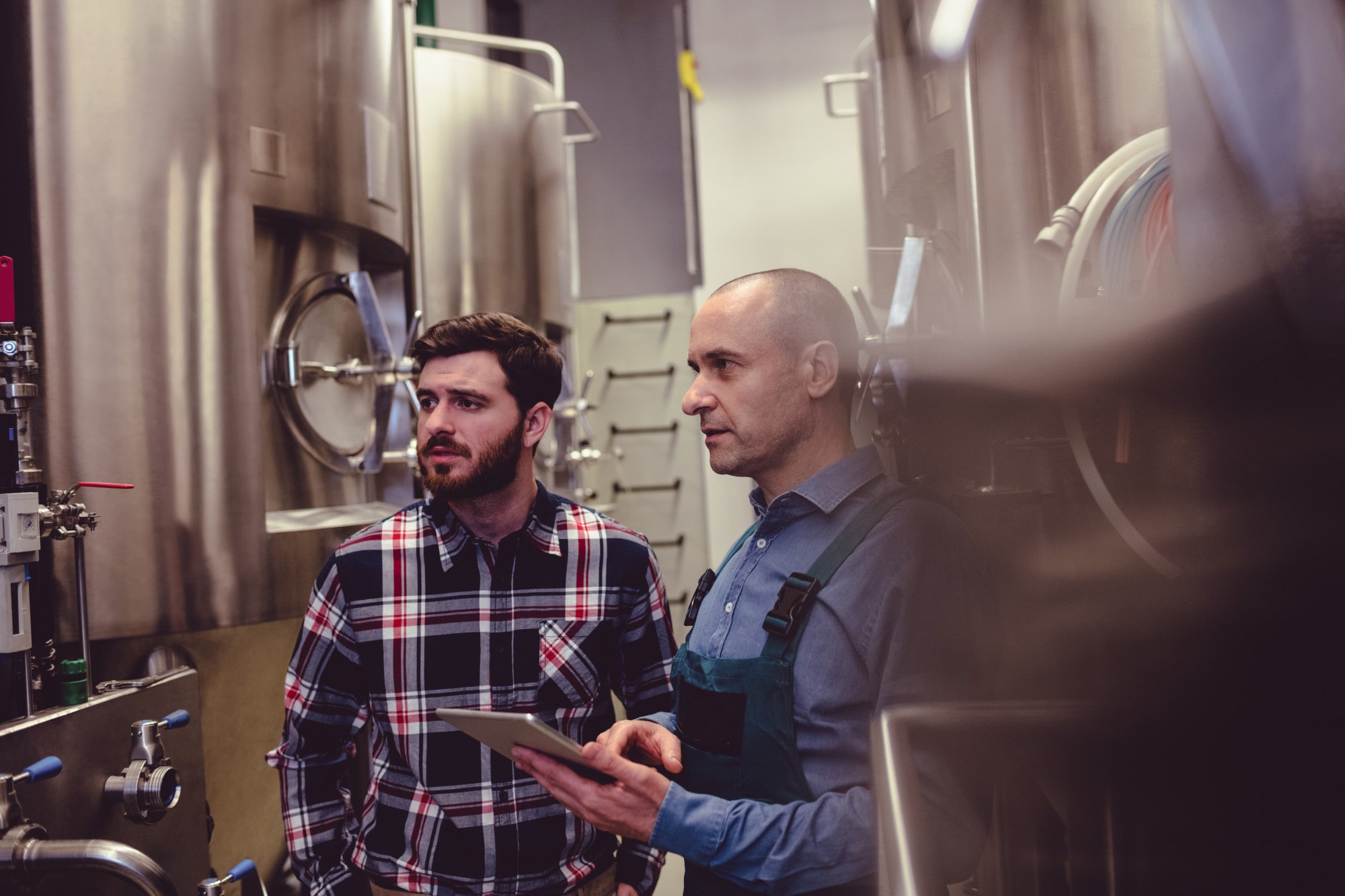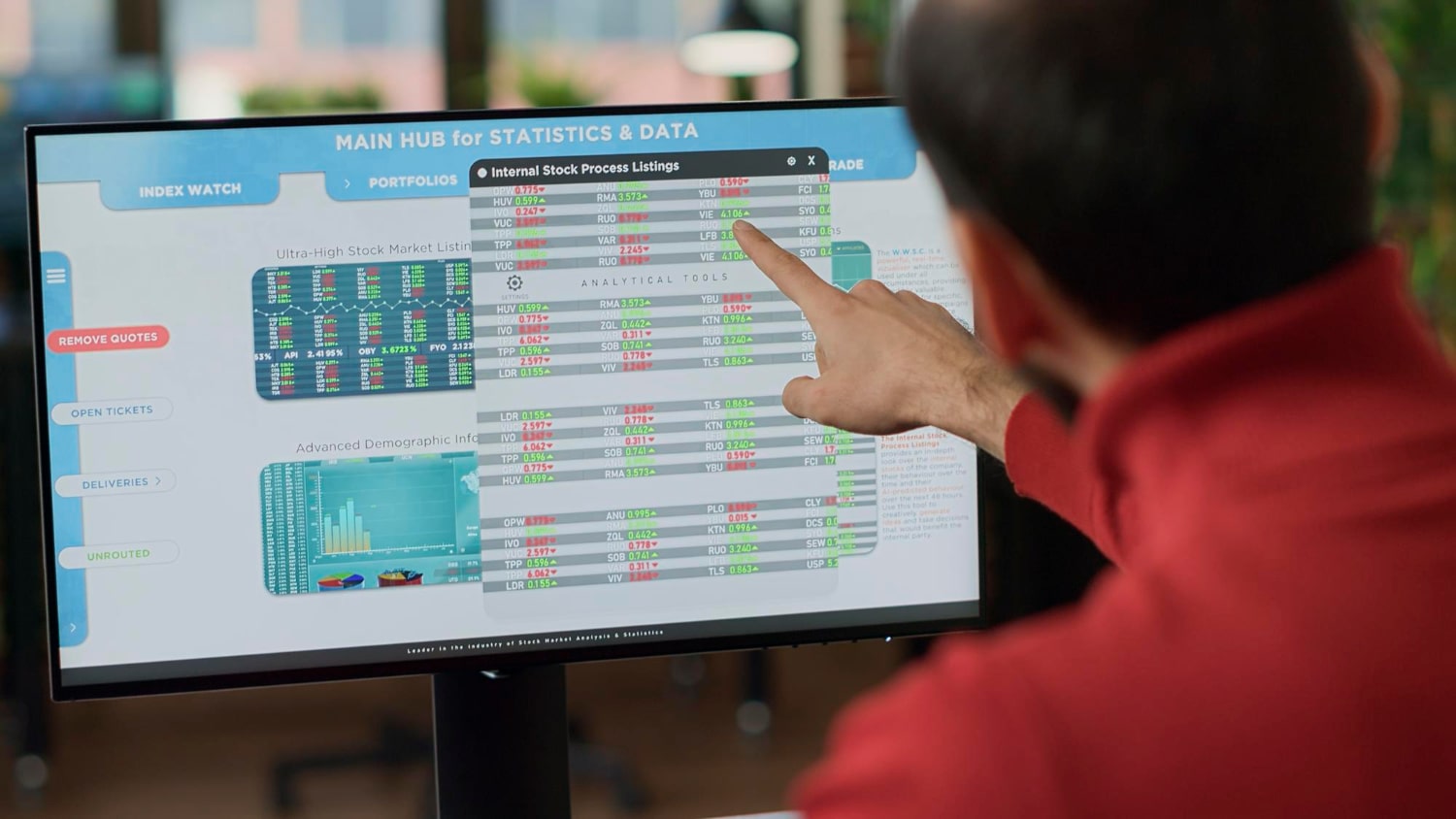One of the biggest adjustments hobby brewers make when they go professional is formalizing their production plan. The right plan helps you run your brewery business more efficiently, connecting all the steps needed to go from raw ingredients to bottled goodness.
Of course, every brewer knows how complex brewery production planning can truly be. Entire academic articles have been published about it. Variables like fluctuating demand, ingredient availability, consistent quality in the fermentation process, and optimizing production capacities tend to have no easy answer, but all have to work together.
The Importance of Brewery Production Planning for Effective Operations
Running a brewery revolves around making sure you’re able to put great products in front of your customers in a timely fashion. Chances are you sell more than one recipe, at more than one quantity, and to more than one customer, all of which have to be delivered at the right quantity and at the right time. That can be difficult to manage without a comprehensive plan.
For example, you might sell five types of beer, both in kegs to local bars and in individual bottles or cans to consumers through your website. Each production process will require different raw materials, batch sizes, and processes. Brew too much of each just to make sure you always have product available, and the quality could lessen. Brew too little, and you run into shortages.
Related: How Small, Medium & Large Breweries Manage Their Operations With Technology
Effective brewery production planning can help you prevent those issues. It allows you to optimize your process flows to increase efficiency, helping you reliably fulfill all types of orders without producing unnecessary amounts that decrease your profitability. It also provides visibility into tank utilization, helping you better understand your capacities so you avoid empty tanks that can lead to missed opportunities and lost revenue.
But because the production process is complex, creating a comprehensive plan that covers all of these variables is complex as well. Craft brewers frequently have questions about how they can optimize their plans. The good news: other brewers in your situation have encountered the same questions. We’ve gathered some of the most common questions in this guide, along with answers that can help you optimize your brewery production planning over time.
How Far in Advance Do I Need to Plan?
While the optimum timeline is around three months ahead of your batch production, you can still build thorough plans within a shorter 4-6 week time frame. The key is maintaining a balance between the two extremes on each side of the spectrum:
- Plan too far ahead, and you risk raw materials going bad or not being able to reliably estimate your demand.
- Don’t plan far enough ahead, and it becomes almost impossible to order raw materials in time to produce batches for your anticipated demand.
Planning ahead helps you keep things consistent throughout the year as you can easily plan for four quarters annually. In addition, it lines up with quarterly TTB reports should you fall into that tax bracket. But of course, you still need to remain flexible to review and update your plans on a weekly basis.
How Can I Plan for Fluctuating Demand?
Historical data can be immensely beneficial to forecasting future demand. While it might change throughout the year, you can use moving averages from previous quarters as a guidepost for estimating future needs. For example, to estimate the demand for beer for the first quarter of 2024, you can use the average quarterly sales from the last three years as a starting point.
Of course, other variables play into this equation as well. For example, your sales might have risen slightly each of the past few years, in which case you might be able to estimate a similar increase in the future. You can also take a close look at state and national beer sales trends to adjust your own forecast up or down to align with general demand.
How Can I Work Around Ingredient and Packaging Availability?
Planning sufficient lead times is the best way to work around the availability (or potential lack of availability) of the ingredients and packaging styles you need. Breweries depend on getting the right raw materials at the right time, which means they depend on the availability of these materials from their suppliers. The more you know what you can expect in the future, the more proactive you can become in your ordering processes.
Part of the equation is keeping larger market trends in mind, as well. For example, the ongoing aluminum can shortage may cause you to either seek alternative packaging means or buy your cans in bigger bulk as your inventory allows. Nothing is ever certain, but knowing when you’ll need your raw materials—and when larger market forces may make things difficult—can help your brewery production planning.
How Do My Packaging Capabilities Impact My Production Planning?
Don’t underestimate the importance of packaging to run an efficient brewery. You need a streamlined process that packages new batches in ways that keep their quality and longevity, adjusted for the customers you’ll sell to.
That process may look very different for different brewers. Labor constraints almost necessarily play into the equation. Small craft breweries may even outsource their packaging to external fulfillment centers or mobile canning services. Whether you do it yourself or find an external partner, the key is to have a plan in place that makes packaging a core part of the production process and accounts for the additional time and materials as you build your schedule.
How Can I Ensure a Consistent Quality in My Production Output?
The only way to ensure batch quality is consistent monitoring. The last thing you want is to lose loyal customers because the new batch just tasted off compared to their usual favorite. To get to that consistency, you have to control as many variables as possible.
Metrics like gravity, temperature, and timing can all become insightful when tracked for consistency across multiple batches. Monitoring yeast health and planning can also reduce variability between batches. So will the implementation of a sensory panel program, which can be completed once a batch is finished and at various intervals after packaging to gauge optimum shelf life.
Consider fermentation time as another variable to track. All beer needs to ferment, but different recipes may require very different individual times to get just right. The better you can monitor the time a specific recipe takes to ferment, the easier it is to create repeatable conditions so the next batch is just as good as the last one.
How Does My Plan Need to Change for Different Batch Sizes?
The core framework of your brewery production plan should remain consistent throughout all your operations, but some of the nuances within that plan may need to change if the batch you’re about to produce changes. Formally accounting for these variables in your already established plan brings greater consistency for both batch quality and production timing.
For example, it helps to have a specifically outlined recipe for both larger and smaller batch sizes that accounts for the exact differences in raw materials. Prioritize your flagship brands and recipes with your core production plan, ensuring that your largest vessels produce your biggest revenue opportunities. Then, consider adjustments for smaller batch sizes and other recipes for more seasonal or more specialized brews.
The more clear your outline, the less likely you (or anyone involved in the production) will brew a batch that is significantly different from its predecessors.
How Can I Optimize Production Capabilities for Maximum Output?
Create a flowchart that outlines each production process your different batches might need to go through. Take a closer look to determine potential bottlenecks and excess capacity on any of your equipment. Keep in mind variables like fermentation time, carbonation time, etc.
Keep your human resources in mind, as well. Optimizing your production capabilities only matters if you have the staff to run and maintain the equipment at the appropriate rates. If you can, run digital reports to understand how your different batches run through your production pipeline and where you can optimize the process.
Finally, analyze where your loss is greatest during production and take a closer look at the results periodically. That allows you to tune that piece of the process, ultimately increasing efficiency. Be sure to tackle one variable at a time to understand how that specific variable impacts your production efficiency.
How Can I Improve and Optimize My Inventory Management?
Keep your inventory as close to real-time information as possible. That includes keeping track of anything from the amount of raw materials you have in stock to the age of your materials related to their shelf life, packaging materials, and finished batches ready to be shipped.
Related: 7 Ways Software Can Strengthen Your Brewery’s Inventory Management Process
From there, build checkpoints to reorder materials and rebrew beer as needed. Review your batch plans for the next two to three weeks every week. Try to find a balance where you always have at least some available stock to avoid running out, but not so much that it might spoil. Run reports on your inventory status and how frequently you might need to reorder to keep your brewery running smoothly.
Optimize Your Brewery Production Planning for Long-Term Success
There is no single ‘perfect’ production plan. Instead, your plan is likely tailored to your operations, your recipes, and your specific business type. But there is one unifying best practice that can elevate your brewery production planning regardless of your situation and environment: a central brewery management system.
The right software system gathers all data relevant to production and inventory in a single, unified space. That helps you manage, forecast, generate reports, and make more informed decisions for your production planning. In addition to tracking every batch of beer, you can analyze your production plans to make them more efficient over time.
That’s what Ekos is proud to offer our brewery clients. Designed specifically for the industry, our platform becomes your Enterprise Resource Planning (ERP) system, your brewery production planning hub, your quality tracking platform, and your business intelligence suite. Book your demo today to see our priority on building more efficient brewery management processes for yourself.



